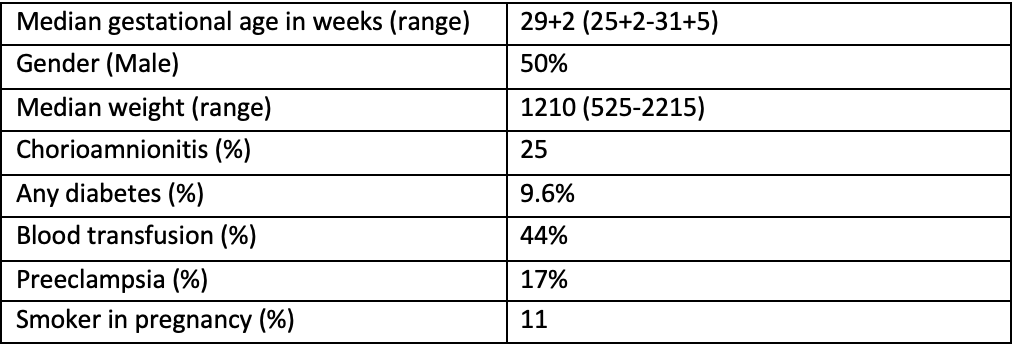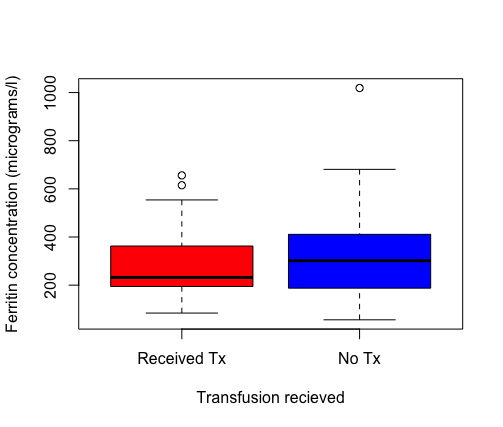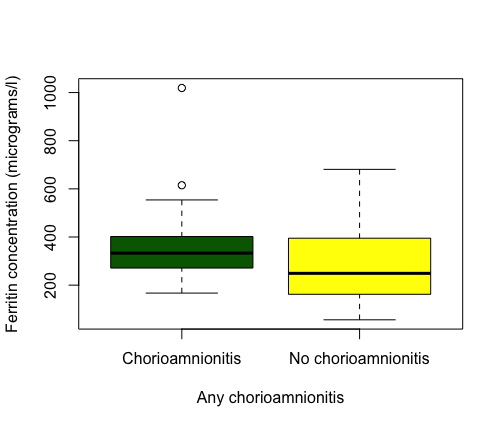Neonatal Hematology & Bilirubin Metabolism
Neonatal Hematology & Bilirubin Metabolism 2: Hematology
137 - Examining the diagnostic utility of ferritin in very preterm neonates: are we capturing iron storage or inflammation?
Publication Number: 137.239

Daniel O'Reilly, MRCPI MSc (he/him/his)
General Paediatric SpR/Irish Clinical Academic Training Fellow
Rotunda Hospital
Dublin 1, Dublin, Ireland
Presenting Author(s)
Background:
Ferritin is a primarily intracellular protein used for iron storage, with a small amount found in plasma. Plasma ferritin is used as a surrogate marker for iron storage, but is also an acute phase reactant associated with a range of inflammatory conditions.
Previous studies on ferritin in preterm neonates have focused on cord ferritin concentrations in late ( >32 week corrected gestational age) preterm infants. Whilst studies have linked improved neurodevelopmental outcomes with higher cord ferritin concentrations, a subgroup of infants with very high cord ferritin levels have poorer neurodevelopmental prognosis. This may be due to chorioamnionitis and the development of fetal inflammatory response syndrome, which is more prevalent in very premature infants than late preterms, and may have a greater effect in that group.
Objective:
We hypothesised that ferritin concentrations in very preterm neonates would correlate poorly with iron storage, but be a marker of chorioamnionitis/ prenatal inflammation.
Design/Methods:
This was a prospective, single site study that commenced in 2021. Infants were eligible if they were born < 32 weeks’ corrected gestational age, had no congenital anomalies who had not had a red cell concentrate (RCC) transfusion prior to study sampling. Discard samples were used to estimate plasma ferritin from routinely collected lithium heparin tubes using a standard laboratory assay. Earliest Ferritin concentration was recorded, and maternal and infant data obtained from clinical records. This study was approved by the local research ethics committee.
Results: 52 neonates have been recruited to date. Clinical characteristics are outlined in table 1. Infants with documented chorioamnionitis were compared with those without, and infants who received a blood transfusion during their stay compared with those who did not (fig 1a and fig 1b) using a Mann Whitney U statistical test. No difference (median values 232mcg/l (IQR 194.5-362.5mcg/l) in those who needed a transfusion versus median values 301.5mcg/l (IQR 188.2-406.5mcg/l), p=0.5) was found between neonates requiring a transfusion and those that did not. No statistically significant difference was found in those who had documented chorioamnionitis versus those who did not, however it trended towards significance (median value 333mcg/l (IQR 271-402mcg/l) versus 293mcg/l (IQR 168-378mcg/l), p=0.07).
Conclusion(s): Early ferritin is a poor marker of iron deficiency resulting in anaemia in very preterm infants.


